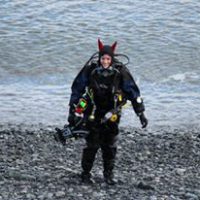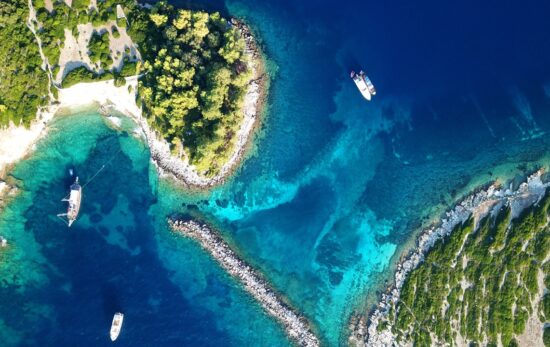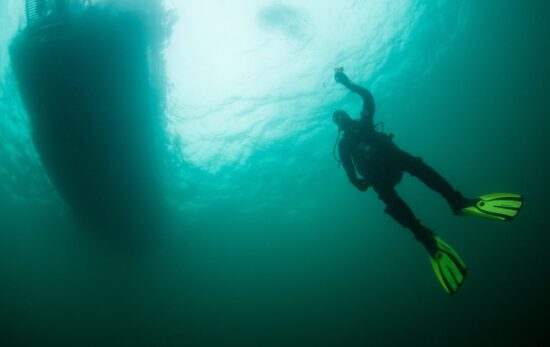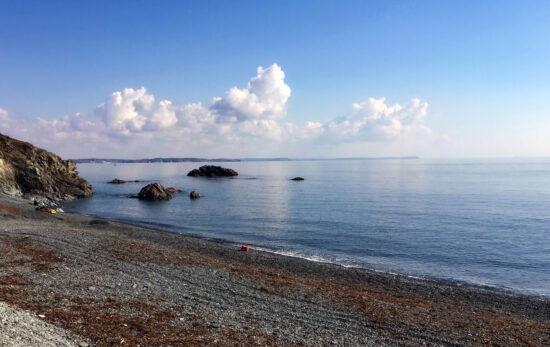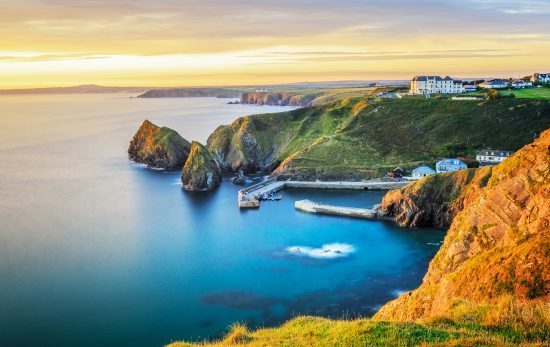Since March 2020 and the start of Covid-19, the UK diving community has seen three national lockdowns and ever-changing guidance on social gatherings, sport, and travel. We swapped scuba masks for face masks and sun cream for sanitiser. And, as we adapted to our new normal, we fed our scuba addiction through virtual adventures and knot-tying lessons.
Aside from a temporary lift of restrictions in Summer 2020 (when I had my first proper sunfish sighting), my diving had been on hold, like much of the rest of the world.
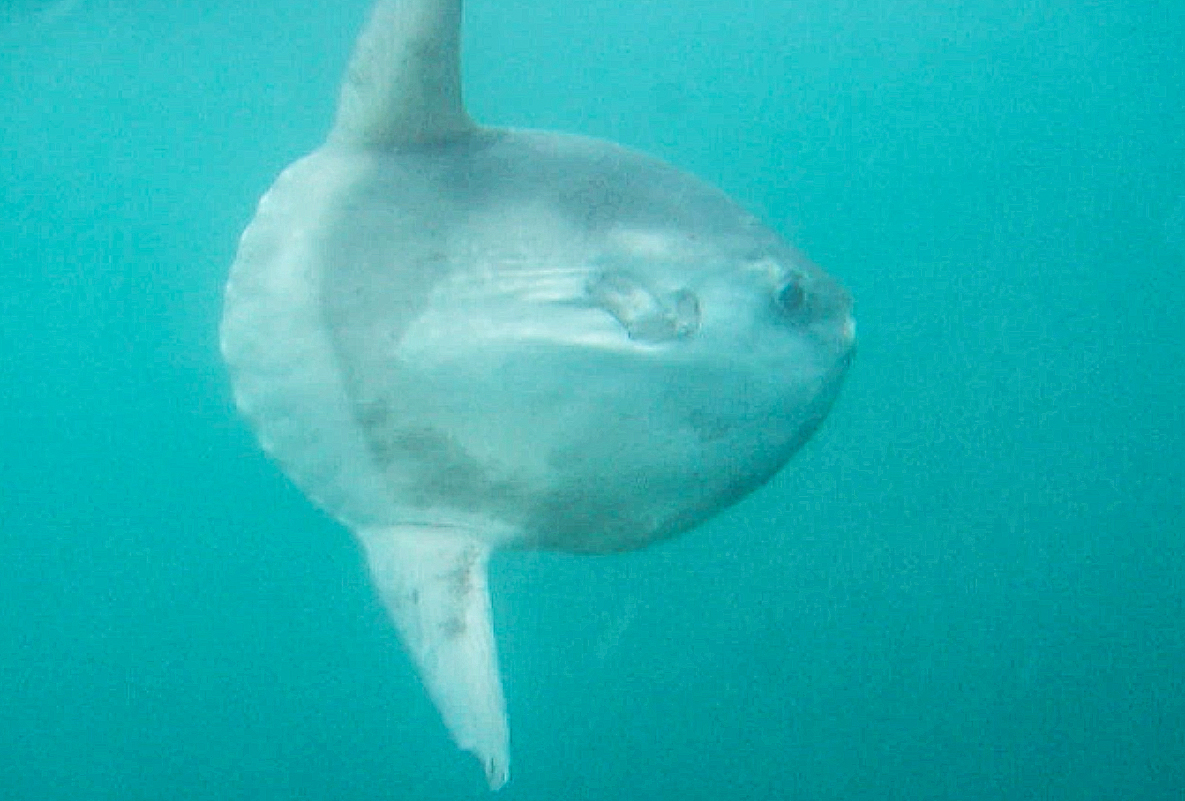
Fast forward to Spring 2021, a successful vaccination programme, and the beginning of the UK’s roadmap out of lockdown. Finally, people could book travel between England, Scotland and Wales, meet outdoors in small groups, and scuba businesses could re-open. Time to go diving again!
April: Cornwall
Planning my first UK dives after several dry months and my first trip away in over a year, my destination of choice was Porthkerris on Cornwall’s Lizard Peninsula. It’s home to one of the UK’s top shore dives and only minutes from the infamous Manacles Reef, where countless ships have met their fate and now provide shelter to a plethora of marine life.
I’ve been fortunate to visit many times before, every time as good as the last. But now, after such a long time, things felt unsettled: What if I forgot to pack something? What’s it going to be like staying away from home? Will I even remember how to dive properly?!
By the time I arrived, those worries were gone. Kitting up for my first dive probably took longer than usual (as much muscle memory as anything else), but rolling back into the water and descending the shot line was like reuniting with an old friend: as if no time had passed at all.
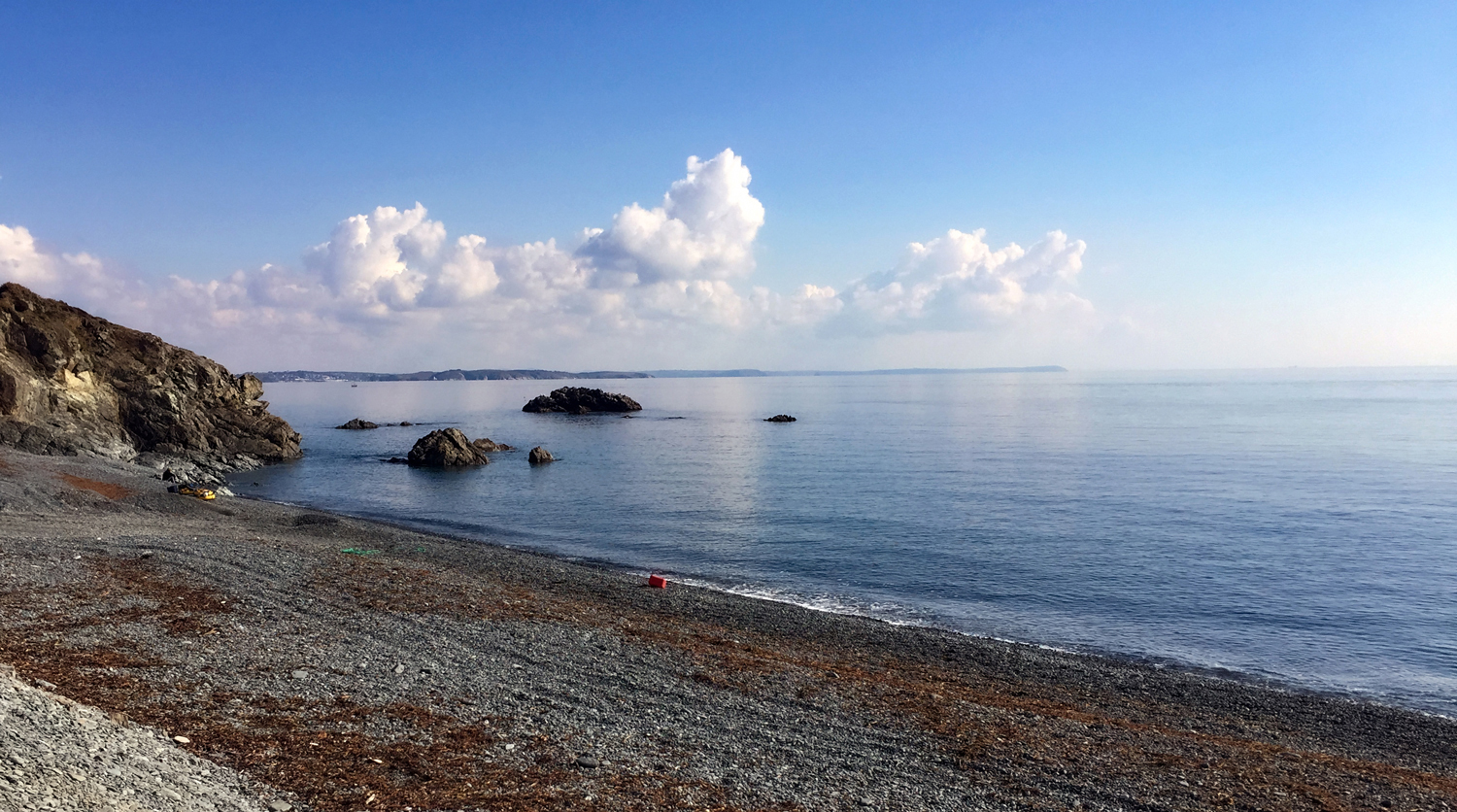
Wrecks and rays
A trip to the Manacles is never complete without exploring the SS Mohegan, a 145m (475ft) ship with a backstory as fascinating as the dive itself. I always relish peering into its massive boilers to be greeted by the resident critters.
However, this time, it was the smaller, shallower SS Volnay that stole the spotlight. As well as relics from its wartime days, it was brimming with life. Curious cuckoo wrasse came up close while courting ballan wrasse danced through the scattered wreckage. Metal plates were adorned with gorgonians, sea stars, and crustaceans galore. But the standout moment came from a thornback ray resting on a sandy patch nearby. I’ve only spotted a handful of UK rays, usually fleeting glimpses — but this one stuck around for a captivating five minutes.
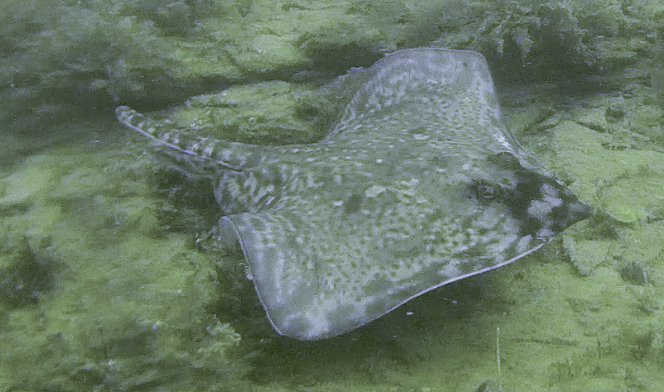
Cornish creatures great and small
Over the weekend, which also included visits to the SS Carmarthen, Gull Rock, and Penwin, there was sunshine every day, calm seas, and dolphins escorting our journeys. Underwater, the granite reefs were carved with gullies, drop-offs, and crevices, each a canvas for invertebrate life such as plumose anemones, sea urchins, and dead man’s fingers.
Visibility was an inviting 8-10m (26-33ft), making it even easier to spot spiny squat lobsters and tiny tompot blennies peeking out of cracks, bundles of crayfish, ever-shy conger eels, and even the elusive John Dory. All that remained to be seen was the basking shark; no luck this time, but an excuse to visit Cornwall again!
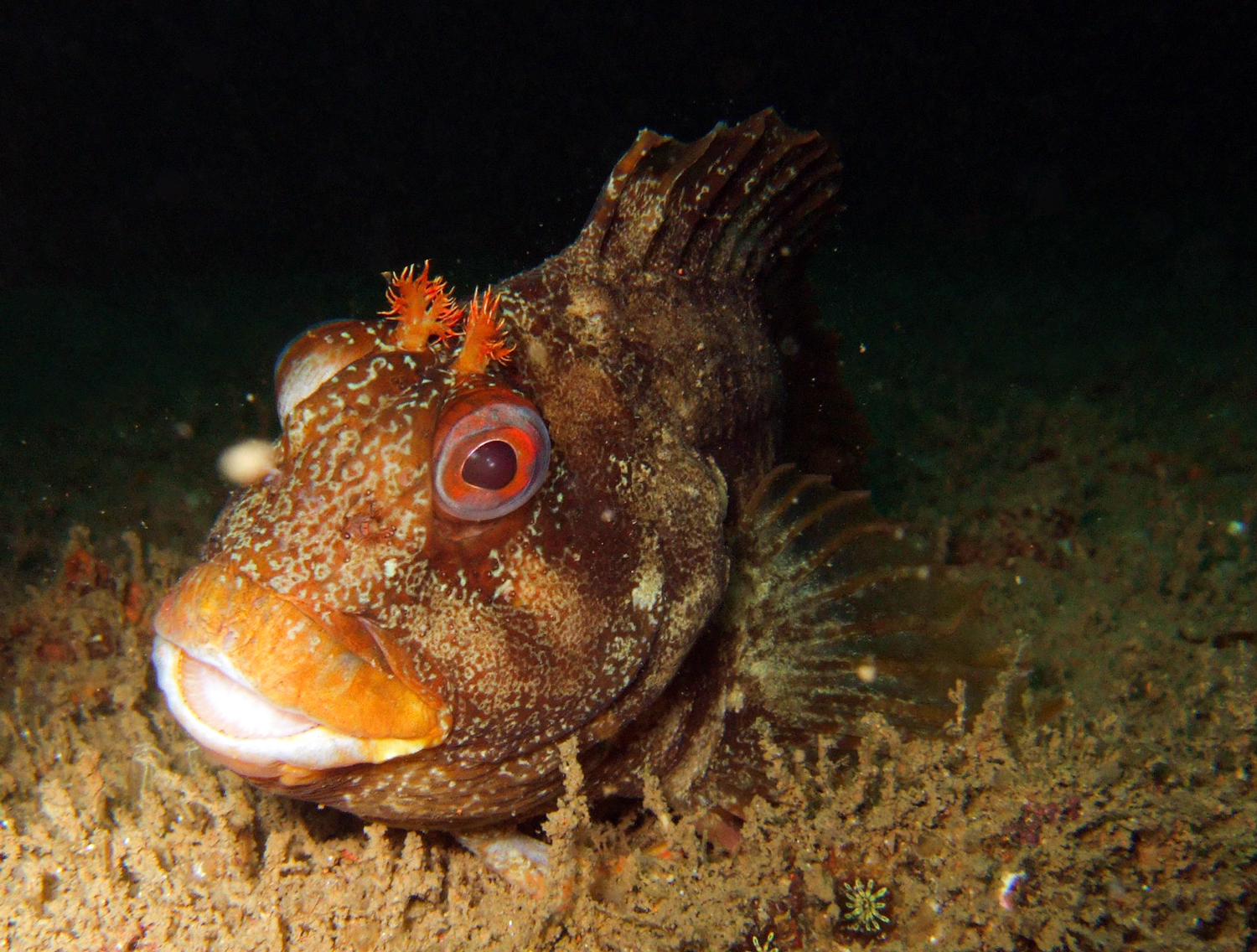
May, June, and July: West Wales
Pembrokeshire’s coastline is renowned for beautiful marine life, exciting shipwrecks, and, more recently, Wally the Walrus. Living only an hour’s drive away makes it my go-to UK diving destination, so when local trips have been possible, I’ve done my best to be there. Being at sea — with the views, fresh air, wildlife — makes for a welcome respite from the humdrum of indoor life.
Diving deeper
But there’s always more to discover, and in June, I was excited to meet the Langton Grange, a 128m (420ft) steam cargo ship that now lies almost vertically on Bell Rock, from about 15m (49ft) to 45m (148ft) deep. It’s prone to strong currents and changeable conditions, so a challenging dive that’s not for the faint-hearted. I’d forgotten the unique feeling of diving deeper on a wreck of this size. The way the light fades and the giant superstructure surrounds you. And, of course, how the dive never seems to last long enough.
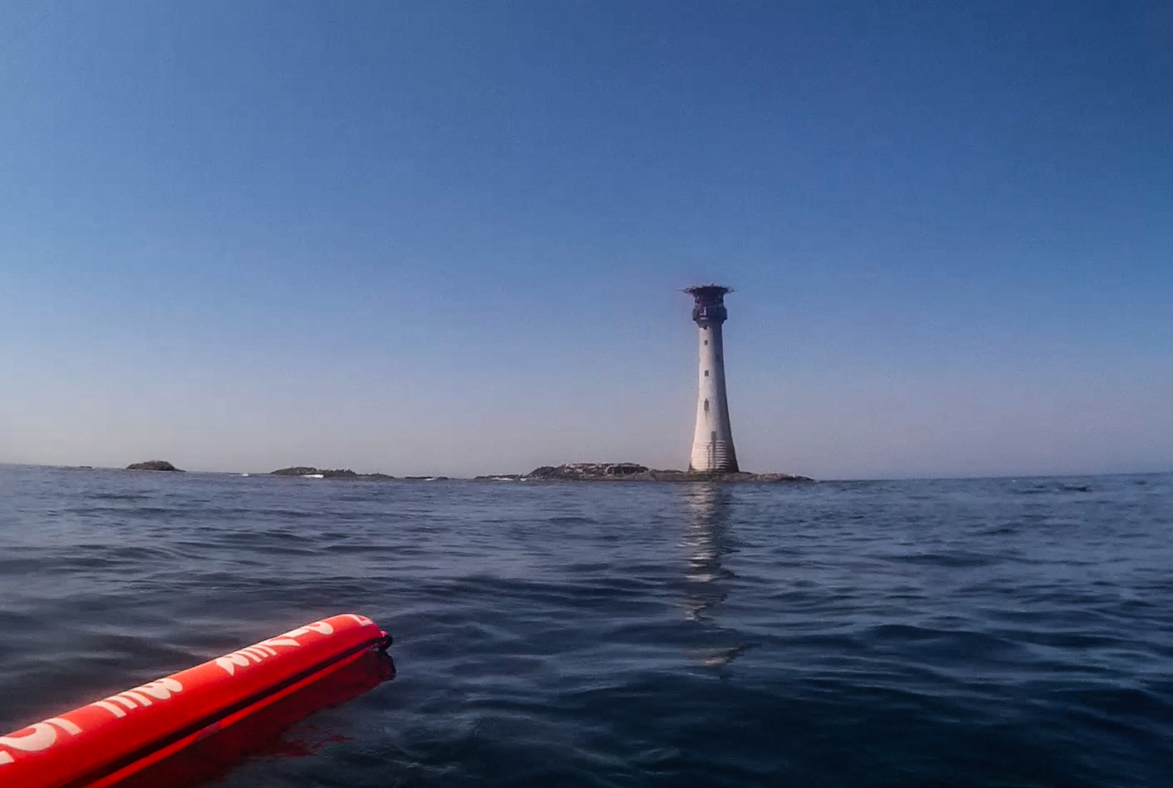
The Smalls
So far this year, my most memorable dive, and probably one of my favourite sites, is The Smalls, a remote, rocky outcrop about 20 miles (32km) offshore, marked by a lighthouse with a tragic past. As Wales’ most westerly point, it’s notoriously difficult to reach (conditions have to be perfect). Of course, that just makes it even more worth the wait.
On the way there, we pass Grassholm, an uninhabited island with some excellent diving itself. Here, a pod of dolphins entertain us, with one impressive display jumping 4m (12ft) high in front of us. Grassholm has nearly 40,000 breeding pairs of gannets. As I look up, tens, maybe hundreds of these birds are gliding across bright blue skies while the sun beams back onto my face. This is nature’s equivalent to Headspace, washing away the stresses of the working week. And that’s only the journey there.
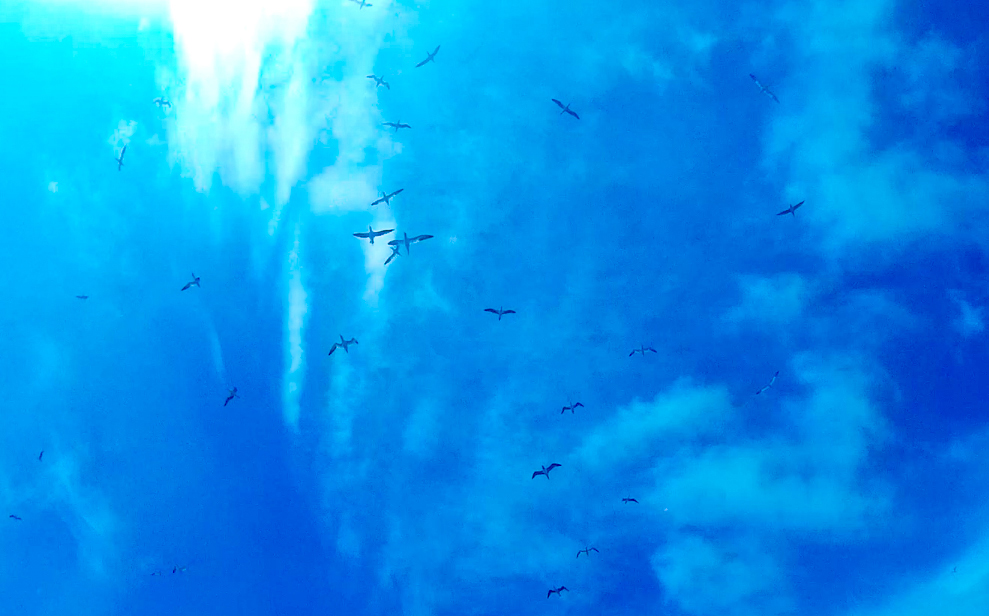
Approaching our destination, my view of the lighthouse, like my excitement, grows bigger and bigger. We’re immediately welcomed by the reason we came; at least twenty grey seals are bobbing about on the surface, as pleased to see us as we are them.
Seal encounters
After kitting up and triple-checking cameras, we enter the water. Within five minutes, an inquisitive seal (with an unmistakable silhouette) darts past for a closer look at her underwater visitors. Then, just as quickly, she disappears into the blue (though here, it’s more green) with a flick of a flipper. As I swim along the kelpy seabed, there’s a tug on my fin — another telltale sign that it’s playtime.
Over the next 40 minutes, 3-4 of these cheeky pinnipeds accompany us at once. Some are more curious and bold than others, coming up-close, playing with fins and even holding on to them! Seals are likened to underwater puppies, and if you dive with them, you’ll understand why. A wild creature choosing to interact with you in this way is a privilege and buzz like no other. I look at my buddy, and we need no hand signals. The grin on both of our faces is visible even behind a demand valve!
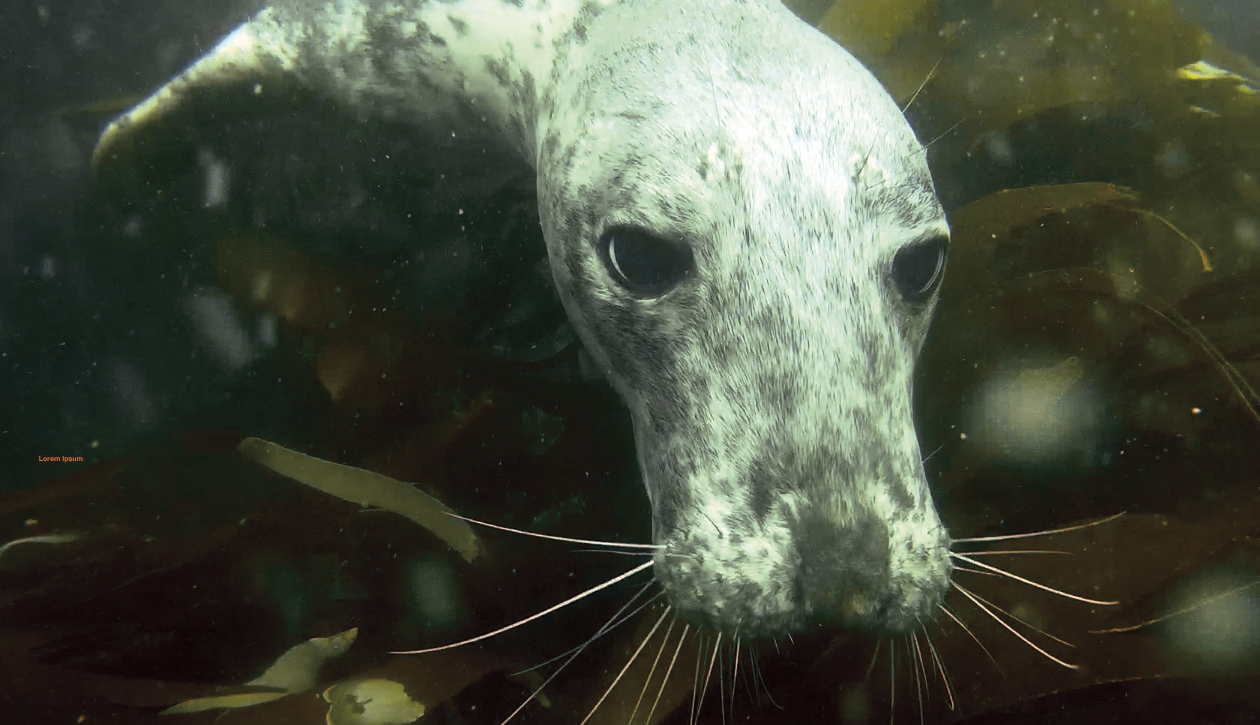
A return to normal
I’d wondered if, with people in lockdown, there’d be a boom of life showing up earlier than usual. In fact, it’s been the opposite. It’s taken longer for things to warm up this year, not just with diving but other wildlife too. My May and early June dives undoubtedly felt like something was missing.
But, in the last few weeks alone, I’ve noticed water temperatures nudging up and with it bringing a new lease of life. Finally, those empty crevices and lonely wrecks are again flourishing. Spider crabs hang onto every rock, dogfish rest in gullies, and lobsters peer out from caves. Jellyfish float past in numbers, and pollock, bass, and mullet cruise by.
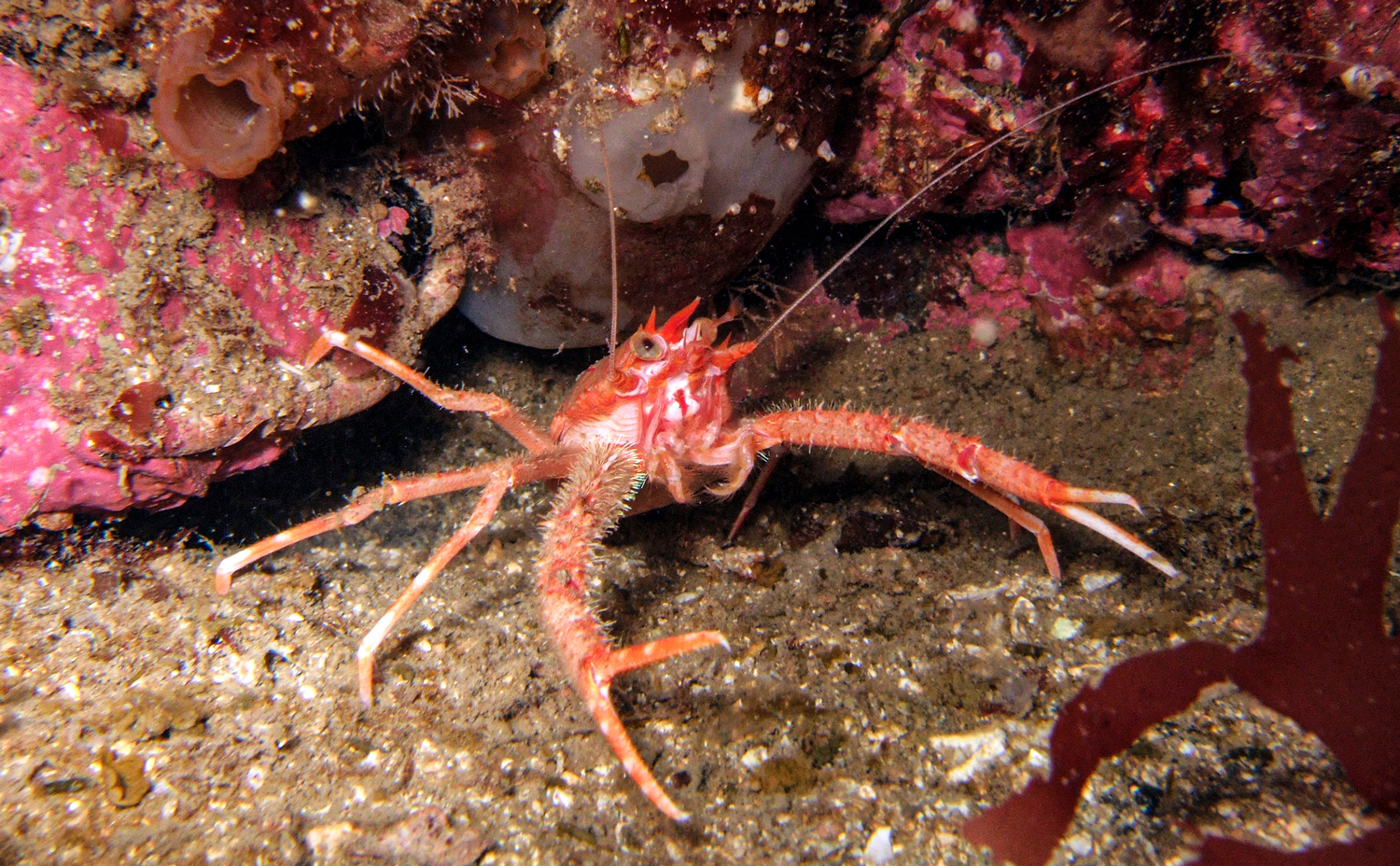
And, like marine life, seaside communities are returning too. Stopping for lunch in Dale or ice cream in St David’s, there are kayakers, climbers, and families all enjoying the great outdoors — reassuring signs that tourism, and normality, is coming back.
What lies ahead for UK diving
No one could have predicted that 18 months on, the pandemic would still dominate headlines. But for the UK scuba diving community, there is light at the end of the tunnel with the Government’s recent announcement to lift restrictions.
Scuba diving is the perfect post-lockdown activity. And although the days are getting shorter again, the UK diving season still has plenty more to offer for 2021, with the best temperatures and calmest conditions typically falling between July and September.
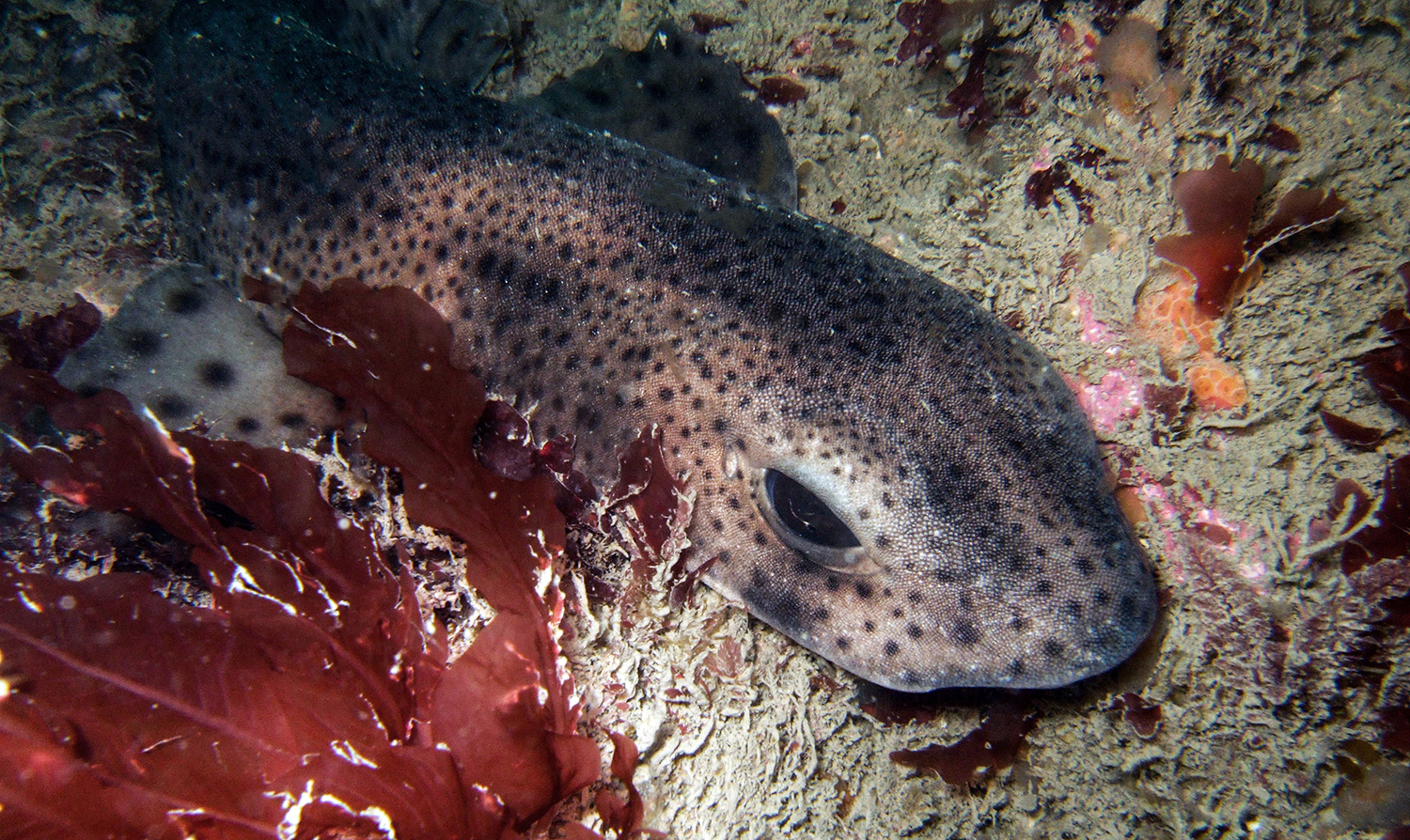
And while I’ve had a few trips scuppered by the wonderful British weather, I’m still hoping to visit some old favourites. The James Eagan Layne and Aeolian Sky are exceptional wreck dives on the south coast. Perhaps I’ll discover some new ones too – I’m keen to dive Ireland and the Isles of Scilly.
Foreign travel remains uncertain. But while I’d love to travel abroad and tick off some more bucket-list dives (like humpback whales in Tonga or Iceland’s Silfra), I’m really not in any rush at all. After all, I’ve got a world of incredible diving to keep my scuba appetite satiated, and it’s all on my doorstep, right here in the UK.
Jump into a UK diving adventure
Check out the PADI dive guide to learn more about the best UK diving holidays, places to visit, things to see, and other key travel information. And, if you can’t wait to explore the many incredible British wrecks and reefs or even go diving with seals in the UK, head over to PADI Travel and book your trip today.
